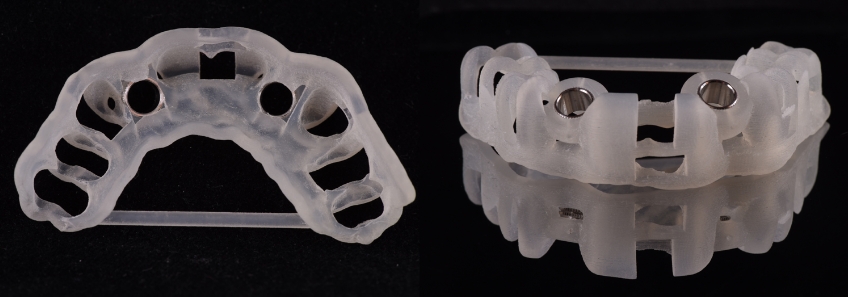The Fourth Solution: Congenitally Missing Lateral Incisor Implant Photo Essay
By Ricardo Mitrani on June 28, 2022 |Addressing congenitally missing lateral incisors justifies an interdisciplinary solution. The earlier photo essay covered three solutions — canine substitution, resin-bonded single retainer bridge (resin-bonded fixed dental prostheses=RBFDP), and cantilever bridge. Now, part two details the fourth interdisciplinary solution, a single-tooth lateral incisor implant.
Implant therapy in patients with congenitally missing maxillary incisors has proven to be a predictable and viable interdisciplinary protocol. Restoring these patients requires formulating a comprehensive treatment plan and establishing optimal esthetics, function, and periodontal health; however, in these patients, it is a complex and challenging process, requiring the interaction of the orthodontist, periodontist or oral surgeon, the ceramist, and the restorative dentist.
Solution #4: Single-Tooth Lateral Incisor Implant
The photos show a 35-year-old male who presented with congenitally missing maxillary lateral incisors with a removable flipper-type provisional. The situation is unique since it helps the interdisciplinary team to produce a diagnostic wax-up and guided surgical templates without needing to remove a fixed appliance. Due to this, it aided in obtaining optimal diagnostic information and promoted the start of therapy because the patient could continue utilizing his provisional throughout the osseointegration phase.
The clinical and the CBCT images showed a buccal concavity that needed to be addressed surgically via a contour graft protocol at the time of implant placement. Utilizing a guided surgical approach, implants were placed as a delayed loading protocol allotting three months for osseointegration. Once integrated, an added connective tissue graft was ordered for ideal soft-tissue contours to groom via screw-retained provisional restorations.
Upon healing, screw-retained provisional restorations were inserted, and tissues were groomed to ideal contours. Then the laboratory fabricated the screw-retained ceramic implant-supported restorations, which were inserted. In this case, using a lateral incisor implant provided this patient will have the best solution for the missing maxillary incisors.




















Ricardo Mitrani, D.D.S., M.S.D., is a member Spear Resident Faculty.